Need to get the sugar out of your diet? Read this extract from The Sweet Poison Quit Plan by David Gillespie for tips.
Sugar addiction is such an integral part of our society that we don’t even have a word (like “alcoholic”, “chocaholic” or “workaholic”) to describe people addicted to sugar. “Eaters” are addicted to sugar, but you can eat without sugar. So I’m inventing a new word for sugar addicts: “sugarholics”. Sugarholics today are in the same position that smokers were in the 1950s.
You used to be able to smoke any time at work. You didn’t have to stop work and stand alone in the middle of a field. You weren’t vilified for lighting up a cigarette in a restaurant. Quite the opposite; if you didn’t smoke, you were the weirdo. Today, sugarholics rule the roost. Everybody is addicted from birth. Not eating the birthday cake in the tea room marks you out as the weirdo. Make no mistake: the task you are about to undertake will not be easy, but it is not an exercise in willpower.
Despite what everybody tells you, if you are a sugarholic, you do not have a personality defect. You are not a glutton. You are not weak-willed. You are chemically addicted to a substance in the food supply called fructose. And until you treat that addiction as the powerful biochemical force that it is, you will never loosen its grip. There are five steps to breaking your addiction.
There are lots of downsides to sugar addiction and the only upside is that you feel normal when you have a hit. Do you really have cause to feel deprived? No, but willpower diets demand that you feel deprived. They ask you to “go without” and to “give up” a treat. Feeling deprived will simply drive you back into the arms of addiction.
If you want to succeed, you mustn’t feel you are being deprived of anything. You need to take pity on the poor hopeless addicts who are all around you ingesting poison. You need to view any offering of sugar not as a temptation to be overcome, but as an attempt to poison you (perhaps a little extreme, but you get the idea).
So, don’t feel deprived. You are not giving up anything. You are simply stopping a dangerous and harmful addiction. It really is that simple to break an addiction. If you have the right attitude, staying sugar-free becomes a lot easier than you could possibly imagine.
A critical step in breaking your sugar addiction is identifying the habits associated with the addiction. For me, watching TV was a means of relaxation, and it still is. But my sugar addiction had infiltrated that pleasurable experience and made it its own. Sugar had become an integral part of the relaxation process.
The pleasure I gained from watching TV was directly associated, in my mind, with the dopamine hit I got from the sugar. It’s possible to disassociate the two activities, but you won’t do it by abstaining from both using willpower. The trouble with addictions is that they frequently attach themselves to otherwise-pleasurable experiences and it becomes impossible to distinguish the two.
Those habits will really test your resolve because of the strong association, and in some cases the strong peer group pressure (such as at birthday parties, Easter and Christmas) to conform. In many instances, the only rational way to deal with the problem is to avoid the habitual events associated with consuming sugar until you break the addiction.
So, if you are in the habit of relaxing in front of the TV with a chocolate at the end of the day, stop watching TV and find some other way to relax in the evening for the next month. Or you could continue your TV habit but replace the chocolate with nuts, for example.
This step is all about giving you the shopping strategies you need to prevent too much fructose from contaminating your food supply. You are going to need some shelf space for all your fructose-free food, so the first thing you need to do is throw out all the food in your pantry and fridge that is too high in fructose.
Chocolate of any description must be sent to a happier hunting ground. The same goes for anything you picked up in the confectionery aisle at the supermarket. Sweet biscuits are slightly less bad than confectionery. To make your cupboards truly fructosefree, all the sweet biscuits should go in the bin.
The only drinks you should have in your cupboard or fridge are unflavoured water and unflavoured milk. If you prefer your water with bubbles, then by all means have unflavoured mineral water or soda water. Alcoholic drinks are okay for the recovering sugarholic as long as they don’t taste sweet and they are not mixed with other drinks that contain sugar.
You can keep the dry wines, beers and spirits, but you need to toss out the dessert wines, ports, sweet sherries, liqueurs and mixers (unless they are diet mixers). If you see honey or sultanas in the name of a cereal, it’s usually a good idea to check the sugar content carefully. Don’t be fooled by the branding of new ranges of flavoured oat cereals, either. Unlike their unflavoured cousins, they are usually extremely high in sugar.
Walt Disney once said, “The way to get started is to quit talking and begin doing.” And that is the point at which we have arrived on our mission to break your sugar addiction. There’s nothing fun about the withdrawal period, but it does end. And once it does, you’ll be completely free from the desire to eat sugar ever again. A plate of bikkies will hold all the attraction of a plate of raw broccoli.
If you are going cold turkey, have one last supper of your favourite sugary treat. Get that Mars Bar or that can of Coke. Sit down and consciously enjoy the very last time in your life that you will eat (or drink) sugar. If you can just get past the next few weeks of danger, you will enjoy the health that sugar has sucked from your life to date. Then, all of a sudden, your desire for sugar will vanish. I know it sounds strange, but it just plain goes. Bang! And you will never want the stuff again.
Re-stock and live your life
Once you start the withdrawal, you’ll need to re-stock your now-bare cupboard.
Fruit: Whole fruits do contain fructose (the addictive and harmful half of sugar) – in some cases, very large amounts. But they also contain a fairly large amount of fibre and water.
Vegetables: There is no such thing as a bad vegetable. All vegetables contain some level of fructose, but it is an insignificant amount and is vastly overwhelmed by the fibre content.
Nuts: Like vegetables, there’s no such thing as a bad nut. Some have more fructose than others, but even the worst of them, from a fructose perspective, have huge amounts of fibre.
Meat: Meat does not contain any sugar, so knock yourself out. The only possible word of caution is around some of the fancy marinated meats. The marinade is usually very high in sugar and this type of product should generally be avoided.
Eggs, yoghurt, milk and cream: Only choose the tartest of European and natural yoghurts and avoid flavoured milk or whipped cream that you buy in a can.
Cheese: Cheese will have sugar on the ingredients list, but it is all lactose, so there’s no need for concern.
Bread: All breads contain some sugar. All of the standard unflavoured white breads lie somewhere between 0.5 and four per cent sugar (two per cent fructose). Multigrain and brown (wholemeal and rye) breads are low-sugar and have approximately twice as much fibre.
This is an edited extract from The Sweet Poison Quit Plan by David Gillespie (Viking).
Originally published in Body+Soul
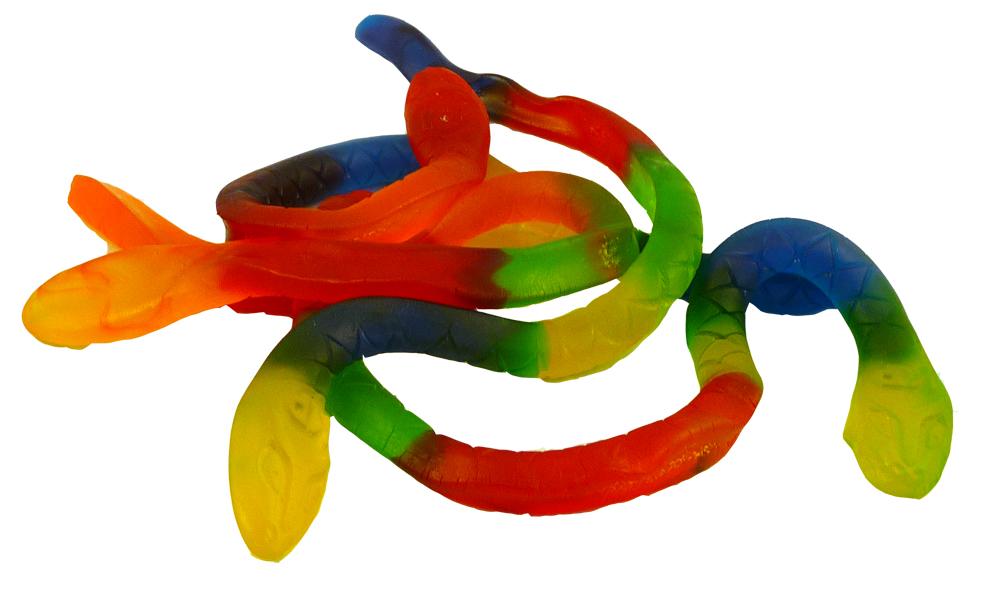
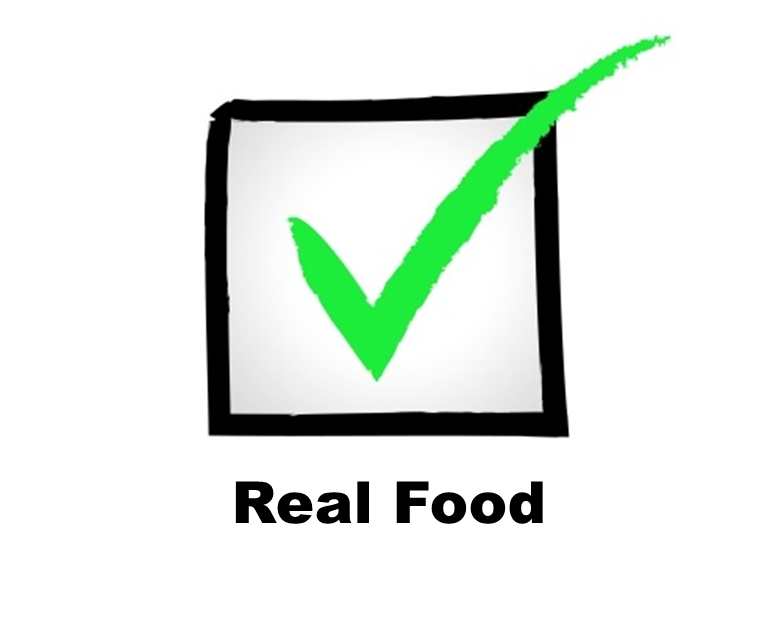

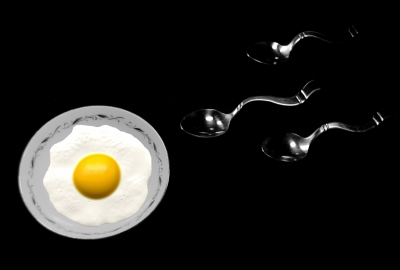
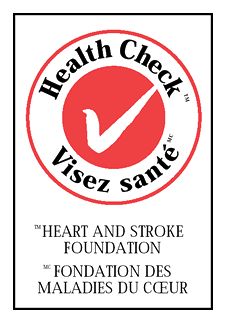
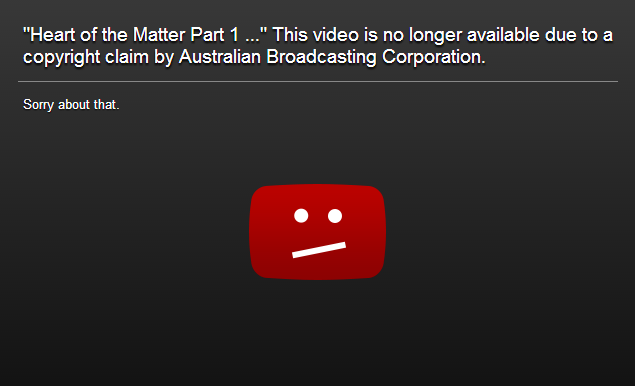
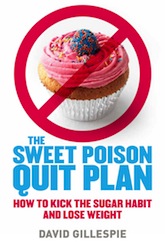













Recent Comments